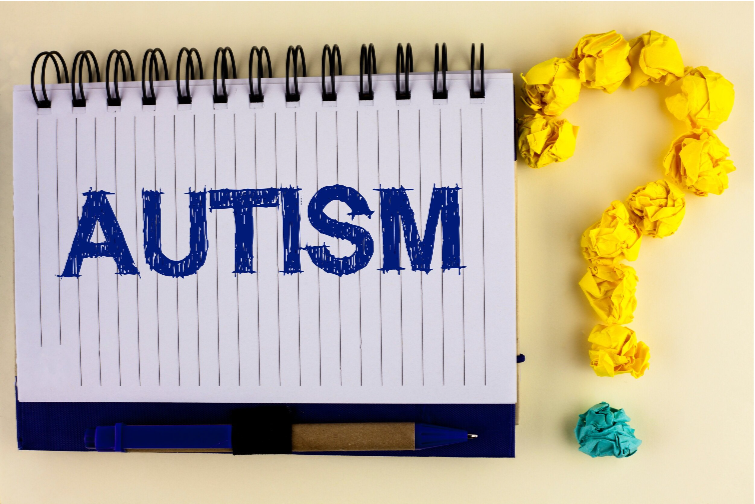Here’s What You Should Know About The Different Types of Autism
We often talk about autism existing on a spectrum, and that’s because there are different types of autism, all of which manifest through various degrees of signs, symptoms, behaviors, and long-term outcomes. And, just as important as raising general awareness about autism is, raising awareness about the multiple ways it can appear in children and adults is critical in understanding how to offer the right support.
In its broadest definition, autism is a developmental disorder that impacts an individual’s ability to communicate and socialize. Common signs of the disorder included delayed speech or lack of speech, difficulties making eye contact or sustaining social interaction, and preoccupations with certain activities or sensory stimuli. But within this larger definition are five distinct types of autism that together make up the spectrum of the illness. Here’s what to know about them.
The 5 Primary Forms of Autism
There are five common forms of autism to be aware of:
- Asperger’s Syndrome – A type of autism that overlaps in many ways with disorders like attention deficit disorder (ADD) and obsessive compulsive disorder (OCD), including displays of obsessive interest in certain subjects or activities and difficulties responding to and reading social cues. Children and adults with Asperger’s Syndrome may appear quite shy or reserved, and they may have high sensory sensitivity. In many cases, they are quite intelligent as well.
- Rett Syndrome – Rett Syndrome is a progressive form of autism that only affects girls and can be apparent when a child is as young as six months of age. Signs include repetitive motor movements like teeth grinding and arm waving, as well as delayed speech. Because it worsens as the child grows up, it can eventually appear similar to other forms of mental incapacitation.
- Childhood Degenerative Disorder – This rare type of autism is characterized by a sudden loss of previously gained social and developmental skills, usually at some point after the first two years of life. Often, a child will appear to develop normally, only to severely regress later on. In addition to being a form of autism, it is also linked to certain seizure disorders.
- Kanner’s Syndrome – Also known as Classic Autistic Disorder, Kanner’s Syndrome is what many people think of as the “standard” type of autism, with symptoms that include lack of interest in social interactions and hypersensitivity to sensory stimuli. Another common symptom is the need to stick to a stringent routine, with difficulties adapting to any changes from the norm.
- Pervasive Developmental Disorder – This is a mild form of autism, characterized by delays in certain social, verbal, and motor developments. Usually, children with this type of autism are able to catch up to their peers through the right forms of therapy.
Each of these represents different levels of autism, with some being more severe than others—hence the notion of a spectrum, rather than just different ways the disorder can present.
Rare Types of Autism
Among the various stages of autism, the most rare are Rett’s Syndrome and Childhood Degenerative Disorder. And in addition to their rarity, in both cases the signs and symptoms can easily be misunderstood as being linked to other types of illnesses.
The right mode of treatment depends on the form of autism that a child or adult has. While these rare forms are highly difficult to treat, there are therapies that can improve an individual’s quality of life and help support loved ones in their care.
Learn More
Autism Specialty Group is one of Miami’s leading behavioral health organizations for the treatment of children with autism. Our services include ABA therapy and caregiver training, with specialties in types of autism across the spectrum.
Please visit our About page for more information, and get in touch to learn how you can schedule a consultation with our team.

